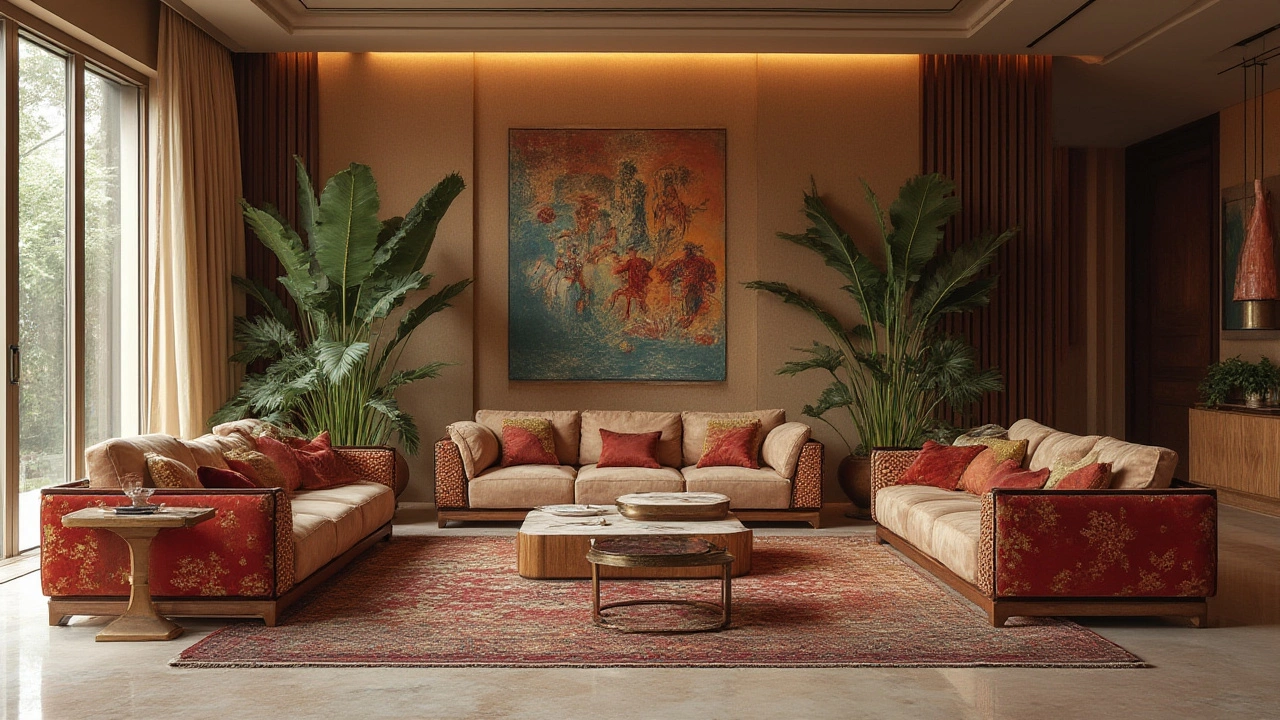Designer Furniture: What’s Hot and How to Pick the Right Pieces
Ever walked into a room and felt that the furniture just *gets* you? That’s designer furniture – it blends style, function, and a story about where it was made. In India, the market is buzzing with new ideas, from IKEA’s big push to local wood specialists showing off teak and sheesham. Let’s break down what’s trending, what materials you should look for, and how to tell if a piece is truly worth the price.
Key Trends Shaping Designer Furniture Right Now
First off, sustainability is no longer a buzzword. Buyers want sofas, tables, and chairs that use responsibly sourced wood, recycled metal, or low‑impact fabrics. That’s why you’ll see a lot of reclaimed teak and bamboo in showrooms. The second trend is modular design – think sectional sofas that you can re‑arrange for a small apartment or a larger living room without buying new pieces.
Third, colour is getting bolder. While neutral tones still dominate, vibrant accents like emerald green or deep navy are popping up on upholstery and side tables. Finally, technology is sneaking in. Some high‑end desks now have built‑in wireless chargers, and smart lighting integrates with furniture to set the perfect mood at the tap of a phone.
Choosing the Right Materials and Makers
If you’re hunting for a sturdy piece, start with the wood. In India, the top choices are teak, sheesham, and mango wood. Teak offers natural oil that resists water and insects, making it great for outdoor patio sets. Sheesham is slightly harder and gives a rich brown grain that ages beautifully. Mango wood is a budget‑friendly alternative that still feels solid.
When you see a label saying “Made in India” it’s worth digging a little deeper. The country’s top furniture manufacturing hubs include Gujarat, Punjab, and West Bengal. These regions have decades of craft expertise, good supply chains for raw material, and factories that meet international quality standards. If a piece is imported, check if it’s from the top three furniture manufacturing countries – China, Vietnam, and Poland – because they dominate the global market and often have lower price points but varying quality.
Don’t forget to weigh the brand’s credibility. IKEA’s new strategy in India focuses on partnering with local suppliers to cut shipping costs and boost local jobs. That means a lot of IKEA‑branded pieces now carry an “Made in India” tag, offering the brand’s design DNA with a locally sourced twist.
Lastly, test the comfort. A designer chair can look amazing, but if the seat is too hard or the back doesn’t support your spine, you’ll regret it. Sit, lean, and move around. If the furniture feels solid and comfortable, you’re likely looking at a good buy.
Overall, the best designer furniture blends modern aesthetics, durable materials, and a clear story about where it was made. By focusing on sustainable wood, modular designs, and reputable manufacturers, you can fill your home with pieces that look great today and last for years.

Top 10 Luxury Furniture Brands in India: The Ultimate Guide for Prestige Interiors
Explore India’s top 10 luxury furniture brands, offering iconic designs and expert handicraft. Discover details, stats, and insider tips to elevate your home décor.
